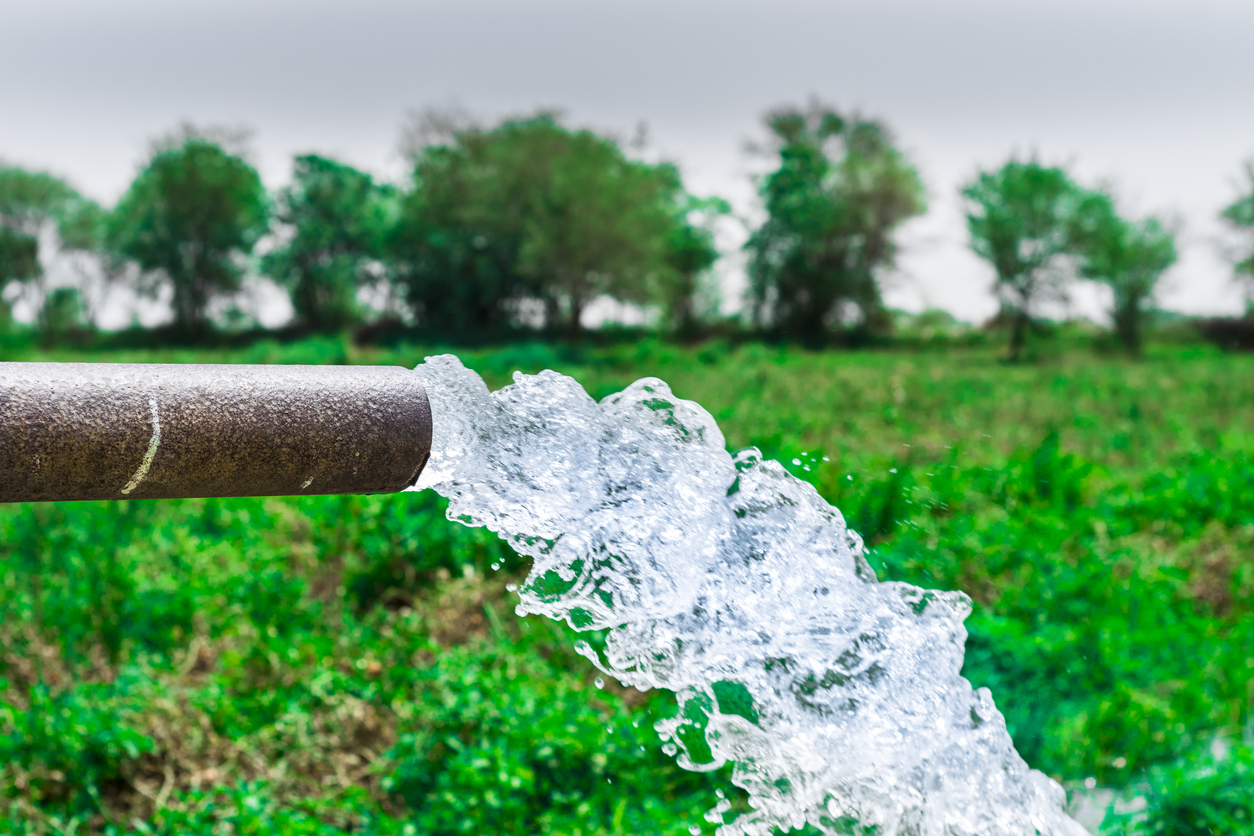SAR (Sodium Adsorption Ratio) Reduction from Water
Understanding the Contaminant
Sodium Adsorption Ratio (SAR) is a measure of the sodium (Na) relative to calcium (Ca) and magnesium (Mg) in water. High SAR levels can lead to poor soil structure and reduced permeability, which negatively affects plant growth and crop yield. Sources include irrigation water, industrial discharge, and natural mineral deposits. Elevated SAR levels pose risks to agricultural productivity and soil health.

Solutions for Removal
- Ion Exchange: Replaces sodium ions with calcium or magnesium to balance water quality.
- Reverse Osmosis: Reduces sodium concentration by filtering out dissolved salts.
- Gypsum Addition: Introduces calcium to the water, improving SAR balance.
Applications
SAR reduction is critical in agricultural irrigation systems, landscaping, and industrial applications where water quality affects soil structure and plant health.
Benefits of Removal
- Enhances soil structure and permeability
- Improves crop yield and plant health
- Prevents long-term soil degradation
Mueller Water Solutions
Mueller Water provides tailored SAR reduction solutions, including ion exchange systems, reverse osmosis, and gypsum treatment, ensuring optimal water quality for agricultural and industrial use.
Contact Us
For expert SAR reduction solutions, contact Mueller Water today. Our team is ready to help you achieve balanced water quality for your specific needs.
Recommended Mueller Products:
